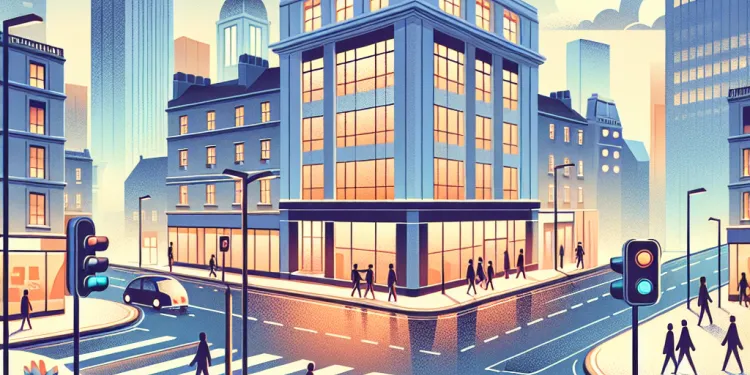
Find Help
More Items From Ergsy search
-
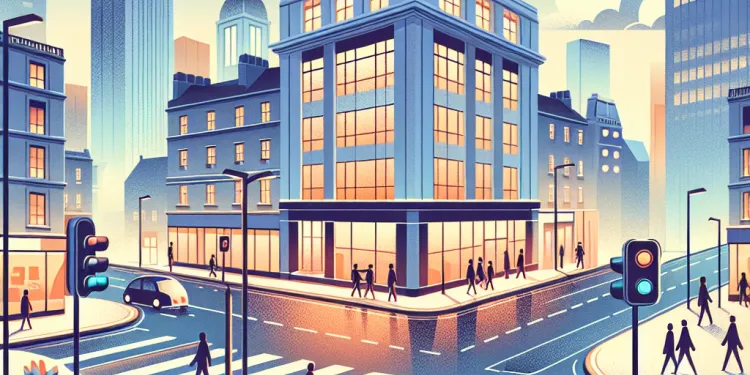
How can I stay safe while walking to work?
Relevance: 100%
-

How can I stay motivated to walk to work regularly?
Relevance: 85%
-
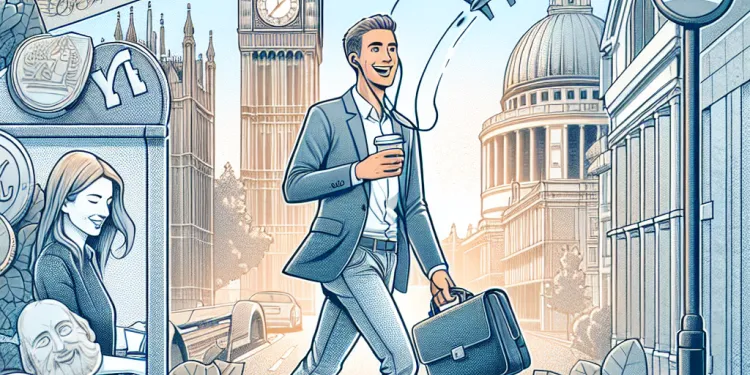
How can I make walking to work more enjoyable?
Relevance: 65%
-
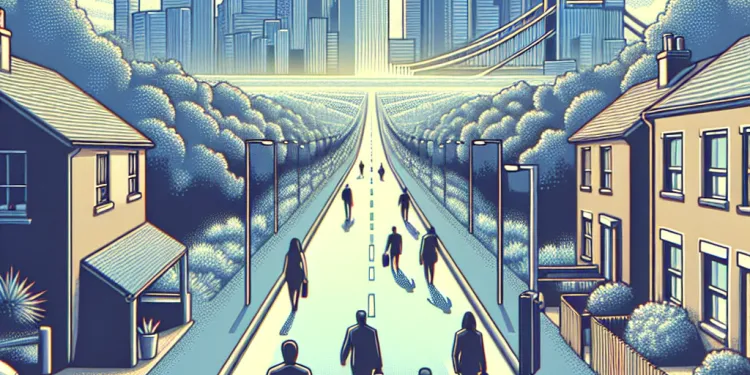
What if my walk to work is too long?
Relevance: 64%
-
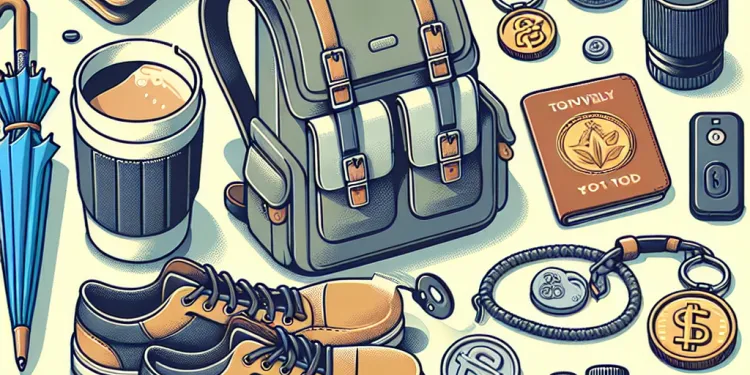
What should I bring with me when walking to work?
Relevance: 63%
-
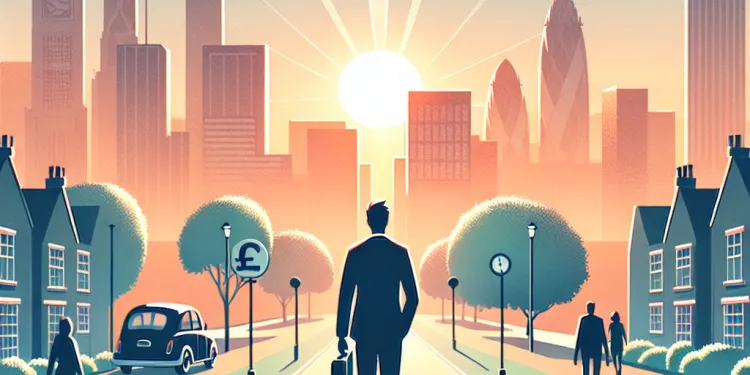
Walking to Work: A Simple Habit That Could Transform Your Lifestyle
Relevance: 62%
-

Should I warm up before walking to work?
Relevance: 62%
-
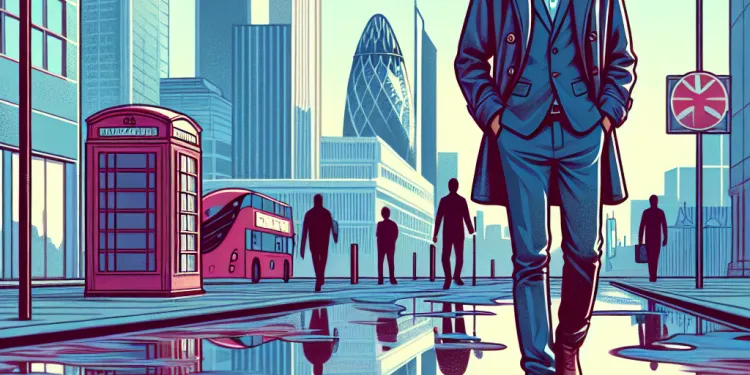
What should I wear when walking to work?
Relevance: 61%
-

What should I wear when walking to work?
Relevance: 60%
-
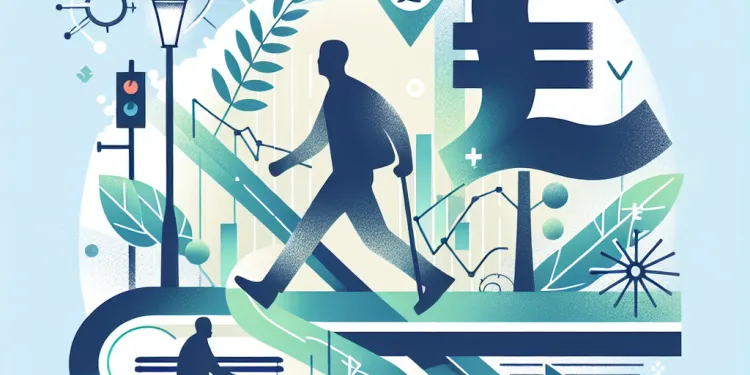
How does walking to work impact mental health?
Relevance: 57%
-

What are the health benefits of walking to work?
Relevance: 48%
-
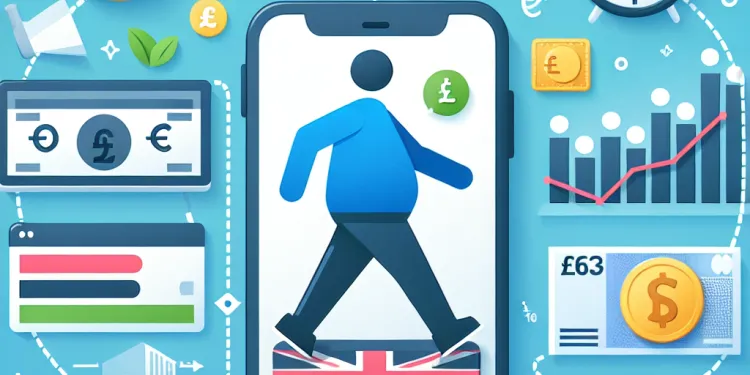
Is it possible to lose weight by walking to work?
Relevance: 48%
-
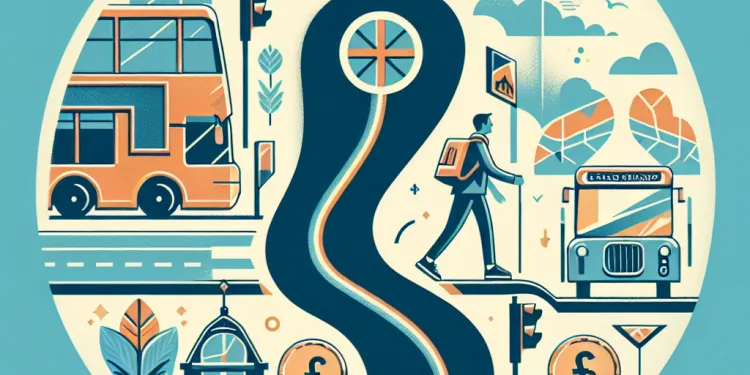
What should I do if my route to work lacks sidewalks?
Relevance: 45%
-
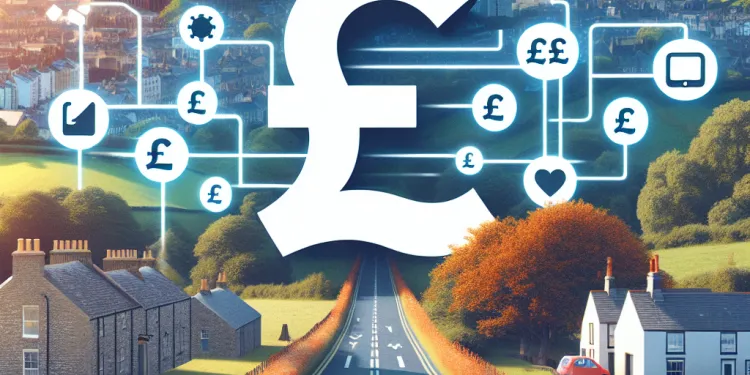
How can I track my walking progress?
Relevance: 42%
-

How many steps a day should I walk in order to lose weight?
Relevance: 40%
-

Is it safe to exercise with a cold?
Relevance: 39%
-
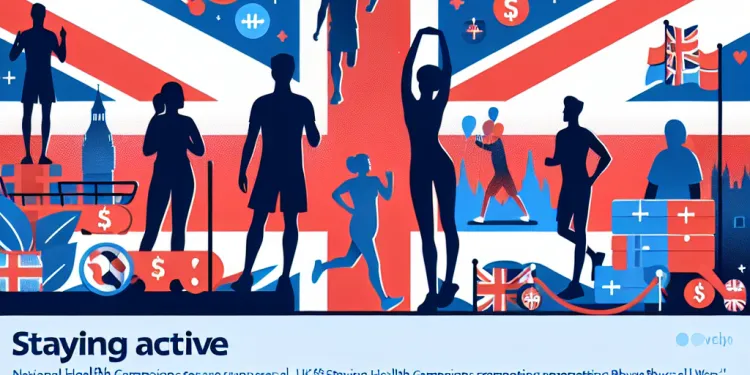
Staying Active: National Health Campaigns Promoting Physical Well-being
Relevance: 37%
-

How to Spot Subscription Scams: 8 Easy Steps to Stay Safe Online!
Relevance: 35%
-

Is Botox safe?
Relevance: 35%
-

Can I use wet clothing to help stay cool?
Relevance: 34%
-

How to stay cool during a heatwave
Relevance: 33%
-

How can I ensure pets are safe during a heatwave?
Relevance: 32%
-

Common Scams to Avoid in 2025 (And How to Outsmart Them!) | Stay Safe Online
Relevance: 31%
-

Is Botox safe?
Relevance: 31%
-

Is it safe to exercise outside during a heatwave?
Relevance: 31%
-
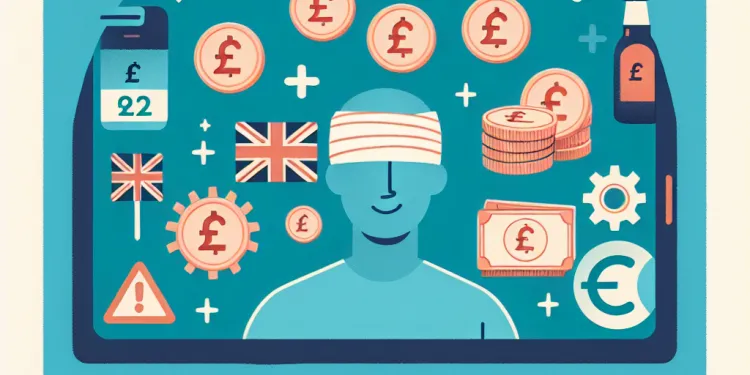
When is it safe to return to normal activities after a concussion?
Relevance: 31%
-

Is it safe to participate in group sports while pregnant?
Relevance: 31%
-

How long will I stay in hospital after a C-section?
Relevance: 30%
-

Common Scams to Avoid in 2025 (And How to Outsmart Them!) | Stay Safe Online
Relevance: 30%
-

Is it better to stay in a relationship for the sake of not being alone?
Relevance: 30%
-

How long should I stay in Turkey for my hair transplant?
Relevance: 30%
-

Is it safe to take Paracetamol with Ibuprofen?
Relevance: 30%
-

Can staying in a car during a heatwave be dangerous?
Relevance: 30%
-
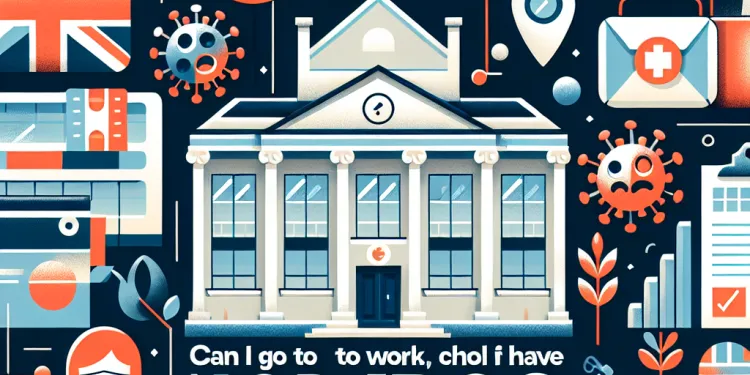
Can I go to work or school if I have norovirus?
Relevance: 30%
-

Is it safe to take cold showers during a heatwave?
Relevance: 29%
-
Are high caffeine drinks safe?
Relevance: 29%
-
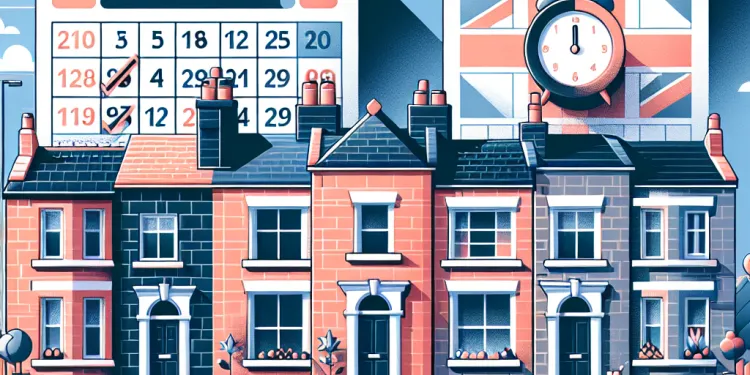
What happens if I stay beyond the eviction deadline?
Relevance: 29%
-
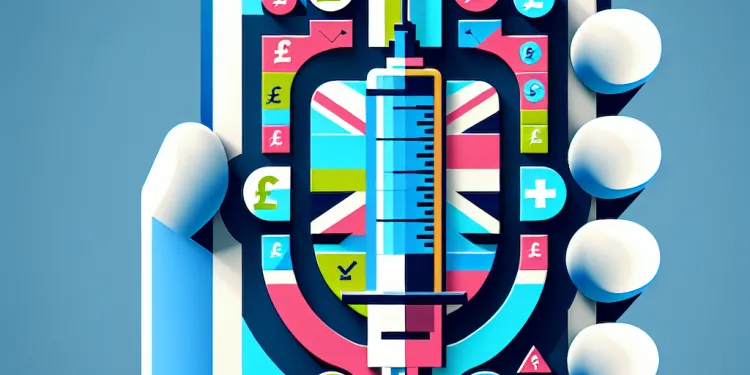
Are vaccines safe?
Relevance: 28%
-

Is it safe to sleep after a concussion?
Relevance: 28%
-

Is ketamine safe for everyone?
Relevance: 28%
Plan Your Route
Before setting out for work, plan your walking route carefully. Choose well-lit paths that are frequently used by other pedestrians, as these areas are generally safer. Familiarise yourself with the surroundings and alternate routes in case you encounter any obstructions or unexpected situations. If your route includes quieter streets, ensure that these are safe and offer pavements for pedestrian use.
Stay Visible
Visibility is crucial for pedestrian safety, especially during the UK's shorter daylight hours in autumn and winter. Wear brightly coloured or reflective clothing to make yourself more noticeable to drivers. If you're walking early in the morning or late at night, consider carrying a small LED light or wearing a reflective armband to enhance visibility.
Be Aware of Your Surroundings
Stay alert and be conscious of your environment. Avoid distractions such as using your phone or wearing headphones at high volume, as these can hinder your ability to notice potential hazards. Pay attention to cyclists, vehicles, and other pedestrians. Keep an eye out for any suspicious activity and trust your instincts; if something feels off, find a safer path or contact authorities.
Follow Pedestrian Rules
Adhere to all traffic signals and pedestrian signs. Use marked crossings and pedestrian bridges where available, and always wait for the green signal before crossing. When walking on roads without pavements, face oncoming traffic and keep to the side, maintaining a safe distance from vehicles.
Keep Your Belongings Secure
Ensure your personal items, especially valuables like wallets and mobile phones, are stored securely. Consider using a crossbody bag or a backpack that zips closed to deter pickpockets. Avoid displaying expensive items openly as you walk.
Stay Connected
Inform someone you trust about your usual walking route and expected arrival time, particularly if you’re travelling during quieter times. Consider using a location sharing app to allow someone to track your journey. In case of emergencies, have a charged mobile phone with emergency numbers easily accessible.
Prepare for Weather Conditions
The UK weather can be unpredictable, so dress appropriately for the conditions. Wear sturdy, non-slip shoes to navigate wet or icy surfaces safely. Carry an umbrella or a waterproof jacket to protect against rain. Being prepared will help prevent slips and falls, and keeping dry will also maintain your comfort during the walk.
Know Self-Defence Basics
Consider learning some basic self-defence techniques to give you confidence while walking alone. Many community centres offer courses that teach practical self-defence skills. Although these skills are rarely needed, they can provide a sense of empowerment and preparedness should a situation require it.
Plan Your Route
Before you leave for work, think about how you will walk there. Pick paths that have lights and lots of people. These are usually safer. Learn about the area and know other ways to go in case you need to change your route. If you must go through quieter streets, make sure they are safe and have sidewalks for walking.
Stay Visible
It is important that others can see you when you walk, especially in autumn and winter when it gets dark early. Wear bright or shiny clothes so drivers can see you better. If you walk very early or late, carry a small light or wear a shiny band to be more visible.
Be Aware of Your Surroundings
Pay attention to what is around you. Do not use your phone or listen to loud music while walking. This helps you see any dangers. Watch out for bikes, cars, and other people. If you notice anything strange or feel unsafe, trust your feelings and find a safer way or call for help.
Follow Pedestrian Rules
Always watch and listen to traffic signs and signals. Use marked crosswalks and bridges when you can. Wait for the green light before crossing a road. If there is no sidewalk, walk facing traffic and stay to the side.
Keep Your Belongings Secure
Keep your things safe, like your wallet and phone. Use a bag that zips up. Keep expensive things out of sight when you walk.
Stay Connected
Tell someone you trust about your walking route and when you will arrive. Use an app to share your location with them. Keep your phone charged and have important numbers easy to find if you need help.
Prepare for Weather Conditions
The weather can change a lot in the UK. Wear the right clothes for rain or cold. Use strong shoes so you don't slip on wet or icy roads. Bring an umbrella or a waterproof jacket to stay dry.
Know Self-Defence Basics
Think about learning some simple self-defense moves. This can help you feel confident when walking alone. Many local centers offer classes to teach these skills. You might never need them, but they can make you feel stronger and ready.
Frequently Asked Questions
How can I plan a safe route for walking to work?
Use maps to identify well-lit and populated streets, and avoid isolated or poorly lit areas.
What should I wear to stay visible when walking to work?
Wear bright or reflective clothing, especially if you're walking early in the morning or late in the evening.
Is it important to let someone know my walking route?
Yes, inform a friend or family member of your route and expected arrival time for safety.
How can I be aware of my surroundings?
Limit distractions by not using headphones, and be observant of people and vehicles around you.
What should I do if I feel unsafe at any point during my walk?
Trust your instincts and seek a safe place, like a busy store or well-populated area, to reassess your situation.
Is it safe to walk alone early in the morning or late at night?
It's best to avoid walking alone during these times; consider walking with a friend or coworker.
How can I carry my belongings securely?
Use a crossbody bag or backpack, and keep your hands free to react quickly if needed.
What safety apps can I use while walking?
Use apps like bSafe or Noonlight that allow you to share your location or alert authorities if needed.
How can I safely cross streets?
Cross at designated crosswalks, obey traffic signals, and make eye contact with drivers before crossing.
Is it important to carry identification?
Yes, always have some form of ID, such as a driver's license or work ID, in case of emergencies.
How can I protect myself from unexpected weather changes?
Check the weather forecast and carry appropriate gear like an umbrella or raincoat.
What should I do if I encounter aggressive behavior?
Avoid confrontation, keep moving, and find a safe public spot to call for help if necessary.
Should I use public transportation for part of my walk if conditions are unsafe?
Yes, consider using public transportation if it improves your safety on particular parts of your route.
How often should I change my walking route?
Change your route occasionally to avoid predictability and increase awareness.
Why is it important to have emergency contacts on speed dial?
Having emergency contacts easily accessible allows for quick communication in case of trouble.
Can technology assist in ensuring my walking safety?
Yes, gadgets like GPS trackers and personal safety alarms can enhance your safety.
How can I stay hydrated and maintain energy while walking?
Carry a water bottle and have a small snack if your walk is long to stay energized and hydrated.
What should I do if someone follows me?
Change direction or cross the street, go to a public area, and call for help if you feel threatened.
Is it okay to carry a personal defense item?
Yes, check your local laws and carry legal items like pepper spray for self-defense.
How can I ensure I am not overly predictable in my routine?
Vary your routes and times of walking to be less predictable and increase your safety.
How do I plan a safe walk to work?
Here are some simple steps to help you:
- Use a map: Look at a map to see all the streets and paths.
- Choose safe streets: Pick streets that have sidewalks and good lighting.
- Ask for help: Talk to a friend or family member for advice on safe paths.
- Try walking it: Walk the route when you have lots of time to check if it feels safe.
- Use your phone: Use apps like Google Maps to guide you.
- Stay aware: Pay attention to cars, bikes, and people while walking.
Remember to always stay safe while walking!
Use maps to find streets that are bright and have lots of people. Do not go to places that are dark and empty.
What clothes should I wear so drivers can see me when I walk to work?
Here are some tips to help you stay safe and be seen:
- Wear bright colors: Bright colors like yellow or orange help you stand out.
- Wear reflective gear: Jackets or vests with shiny strips help you glow in the dark.
- Use a flashlight: A flashlight can help you see and helps others see you.
You can also ask a friend or family member for help choosing the right clothes.
Wear bright clothes or clothes with shiny parts. This is very important if you are walking early in the morning or late at night.
Should I tell someone my walking path?
Yes, it is a good idea to tell someone your walking path. This helps people know where you are. If something goes wrong, they can help you. Here are some tips:
- Tell a friend or family member where you are going.
- Take a phone with you, so you can call for help if needed.
- Use a map or phone app to plan your walk.
Tell a friend or family member where you are going and what time you will get there. This will help keep you safe.
How can I notice what is around me?
Here are some tips to help you pay attention to what is around you:
- Look: Use your eyes to see things near you.
- Listen: Use your ears to hear sounds around you.
- Ask for help: If you do not understand, you can ask someone.
- Take breaks: Rest for a bit to stay focused.
You can use tools like maps or pictures to help you understand your surroundings better.
Stay safe by keeping your ears open. Don’t wear headphones so you can hear what’s happening. Watch out for people and cars around you.
What should I do if I feel scared on my walk?
If you feel scared or not safe on your walk, here are some things you can do:
- Find a Safe Place: Look for a place with people around, like a shop or a bus stop. Go there and stay until you feel safe.
- Call Someone: Use your phone to call a friend or family member and tell them where you are.
- Use an App: Use a safety app on your phone. Some apps can help show your location to trusted people.
- Trust Your Feelings: If something does not feel right, it is okay to leave and find another way home.
- Ask for Help: If you see a police officer or security person, ask them for help.
Remember, it is important to stay calm and take action to stay safe. You can also take someone with you next time you go for a walk.
Listen to your feelings. Go to a safe place, like a busy shop or where there are lots of people, to think about what is happening.
Is it safe to walk alone when it is early in the morning or late at night?
Walking alone when it is very early or very late can be risky. Here are some tips to stay safe:
- Ask an adult or friend to come with you.
- Walk in places with lots of people and good lights.
- Carry a phone to call if you need help.
- Tell someone where you are going and when you will be back.
Remember, it is always okay to ask for help if you feel unsure.
Try not to walk by yourself during these times. You can ask a friend or someone you work with to walk with you.
How can I keep my things safe when I carry them?
Carry a bag that goes across your body or use a backpack. This will help you keep your hands free so you can move fast if you need to.
What apps can keep me safe while walking?
Try using apps like bSafe or Noonlight. These apps can help you share where you are. They can also get help for you if you need it.
How can I cross the street safely?
When you need to cross the street, follow these easy steps:
- Stop: Stand still at the edge of the sidewalk.
- Look both ways: Look left, then right, then left again to see if any cars are coming.
- Listen: Use your ears to hear if any cars are nearby.
- Wait: If you see or hear a car, let it pass and cross only when the road is clear.
- Walk: Cross the street in a straight line. Keep looking and listening for cars as you go.
Here are some tips to help you:
- Use a crosswalk if there is one.
- Find a friend or an adult to help you.
- Look for the crossing lights. Wait for the "walk" sign.
Use the places for people to cross the road. Listen to the traffic lights and watch for the green man. Look at drivers to make sure they see you before you cross.
Why is it good to have an ID card?
An ID card is something that shows who you are. It can be a school card, a bus pass, or a library card. It helps people know your name and other information.
Having your ID card with you can be very helpful. Here are some reasons why:
- If you get lost, you can show it to someone who can help you.
- When you meet new people, they can learn your name easily.
- Sometimes, you need it to do things like borrow books from a library.
Always remember where you keep your ID card, like in your backpack or wallet. This way, you will have it when you need it!
If remembering things is hard, you can use reminders. Try setting an alarm or asking someone to remind you to take your ID card.
Yes, always carry something that shows who you are, like a driver's license or work ID. This is important for emergencies.
How can I stay safe when the weather changes suddenly?
Look at the weather report. Bring the right things, like an umbrella or raincoat.
What to Do if Someone is Angry or Mean
Sometimes people can be angry or mean. Here is what you can do:
1. Stay Calm: Take a deep breath and try not to get upset.
2. Move Away: If you feel scared, go to a safe place.
3. Talk to Someone: Find a trusted adult or friend and tell them what happened.
4. Use Tools: Write down your feelings or draw a picture to help express yourself.
5. Listen to Music: It can help you relax and feel better.
Remember, it's important to stay safe and ask for help if you need it.
Stay calm and get to a safe place. Keep going and find a busy area where you can ask for help if you need it.
Is it safe to use buses or trains if walking is not safe?
Yes, think about taking the bus or train. It can keep you safer on some parts of your journey.
How often should I change my walk?
It is good to try new places for your walk. This can make walking fun. Try to change your route every week. You can make it a game! Ask a friend or family member to join you. You can also use maps or apps to find new paths to walk.
Sometimes, take a different path to keep things fresh and pay more attention.
Why should you have important phone numbers saved for emergencies?
It is important to keep certain phone numbers saved in your phone for emergencies. These are the phone numbers you might need to call quickly if something bad happens.
Here is why:
- If you or someone else gets hurt, you can call for help fast.
- In case of a fire, you can call the fire department quickly.
- If there is an emergency at home, you can call someone you trust for help.
Helpful Tips:
- Ask an adult to help you save important numbers.
- Keep a list of these numbers in a safe place, like on the fridge.
- Practice how to call these numbers so you feel ready.
Having emergency contacts easy to find means you can quickly call for help if something goes wrong.
How to Keep Contacts Ready:
1. Write them down: Use a paper or notebook to write down important phone numbers. Keep it in a safe place.
2. Use your phone: Save contacts in your phone. You can add a special "Emergency Contact" label for them.
3. Tell a friend: Let a friend or family member know about your emergency contacts, so they can help you too.
4. Use reminders: Set a reminder on your phone to check and update your contact list every few months.
Can technology help me walk safely?
Yes, gadgets like GPS trackers and safety alarms can help keep you safe.
How can I drink enough water and have energy when walking?
Take a water bottle and a small snack if your walk is long. This will help you stay full of energy and not thirsty.
What can I do if someone is following me?
If you think someone is following you, here are some things you can do:
- Stay calm and keep walking.
- Go to a place with lots of people around, like a shop or cafe.
- Tell someone you trust, like a friend or a worker at the shop.
- If you have a phone, call someone you know, or call the police for help.
- Remember to keep safe and do not go to a quiet or dark place.
It's good to talk to someone you trust about how you feel. They can help support you.
If you feel scared or in danger, you can turn around or go across the street. Go to a place where there are people, and ask for help.
Can I carry something to keep me safe?
It's important to feel safe. Sometimes, people carry things to protect themselves.
Before you carry something, you should:
- Ask a trusted adult for advice.
- Check the rules about what you can carry.
- Think about if it makes you feel safer.
Tools like visual reminders or simple checklists can help you remember these points. Always prioritize talking to someone you trust.
Yes, check the rules where you live. Carry things like pepper spray to keep yourself safe.
How can I make my routine less the same every day?
Here are some tips to help you change things up:
- Try doing something new each week.
- Change the order of what you do.
- Take a different path when you walk or drive.
- Ask a friend to join you for a new activity.
These tools might help:
- Use a calendar to plan different activities.
- Set reminders on your phone for new tasks.
Try taking different paths and walking at different times to stay safe and keep things interesting.
Useful Links
- Ergsy carfully checks the information in the videos we provide here.
- Videos shown by Youtube after a video has completed, have NOT been reviewed by ERGSY.
- To view, click the arrow in centre of video.
- Most of the videos you find here will have subtitles and/or closed captions available.
- You may need to turn these on, and choose your preferred language.
- Go to the video you'd like to watch.
- If closed captions (CC) are available, settings will be visible on the bottom right of the video player.
- To turn on Captions, click settings .
- To turn off Captions, click settings again.
More Items From Ergsy search
-

How can I stay safe while walking to work?
Relevance: 100%
-

How can I stay motivated to walk to work regularly?
Relevance: 85%
-

How can I make walking to work more enjoyable?
Relevance: 65%
-

What if my walk to work is too long?
Relevance: 64%
-

What should I bring with me when walking to work?
Relevance: 63%
-

Walking to Work: A Simple Habit That Could Transform Your Lifestyle
Relevance: 62%
-

Should I warm up before walking to work?
Relevance: 62%
-

What should I wear when walking to work?
Relevance: 61%
-

What should I wear when walking to work?
Relevance: 60%
-

How does walking to work impact mental health?
Relevance: 57%
-

What are the health benefits of walking to work?
Relevance: 48%
-

Is it possible to lose weight by walking to work?
Relevance: 48%
-

What should I do if my route to work lacks sidewalks?
Relevance: 45%
-

How can I track my walking progress?
Relevance: 42%
-

How many steps a day should I walk in order to lose weight?
Relevance: 40%
-

Is it safe to exercise with a cold?
Relevance: 39%
-

Staying Active: National Health Campaigns Promoting Physical Well-being
Relevance: 37%
-

How to Spot Subscription Scams: 8 Easy Steps to Stay Safe Online!
Relevance: 35%
-

Is Botox safe?
Relevance: 35%
-

Can I use wet clothing to help stay cool?
Relevance: 34%
-

How to stay cool during a heatwave
Relevance: 33%
-

How can I ensure pets are safe during a heatwave?
Relevance: 32%
-

Common Scams to Avoid in 2025 (And How to Outsmart Them!) | Stay Safe Online
Relevance: 31%
-

Is Botox safe?
Relevance: 31%
-

Is it safe to exercise outside during a heatwave?
Relevance: 31%
-

When is it safe to return to normal activities after a concussion?
Relevance: 31%
-

Is it safe to participate in group sports while pregnant?
Relevance: 31%
-

How long will I stay in hospital after a C-section?
Relevance: 30%
-

Common Scams to Avoid in 2025 (And How to Outsmart Them!) | Stay Safe Online
Relevance: 30%
-

Is it better to stay in a relationship for the sake of not being alone?
Relevance: 30%
-

How long should I stay in Turkey for my hair transplant?
Relevance: 30%
-

Is it safe to take Paracetamol with Ibuprofen?
Relevance: 30%
-

Can staying in a car during a heatwave be dangerous?
Relevance: 30%
-

Can I go to work or school if I have norovirus?
Relevance: 30%
-

Is it safe to take cold showers during a heatwave?
Relevance: 29%
-
Are high caffeine drinks safe?
Relevance: 29%
-

What happens if I stay beyond the eviction deadline?
Relevance: 29%
-

Are vaccines safe?
Relevance: 28%
-

Is it safe to sleep after a concussion?
Relevance: 28%
-

Is ketamine safe for everyone?
Relevance: 28%


